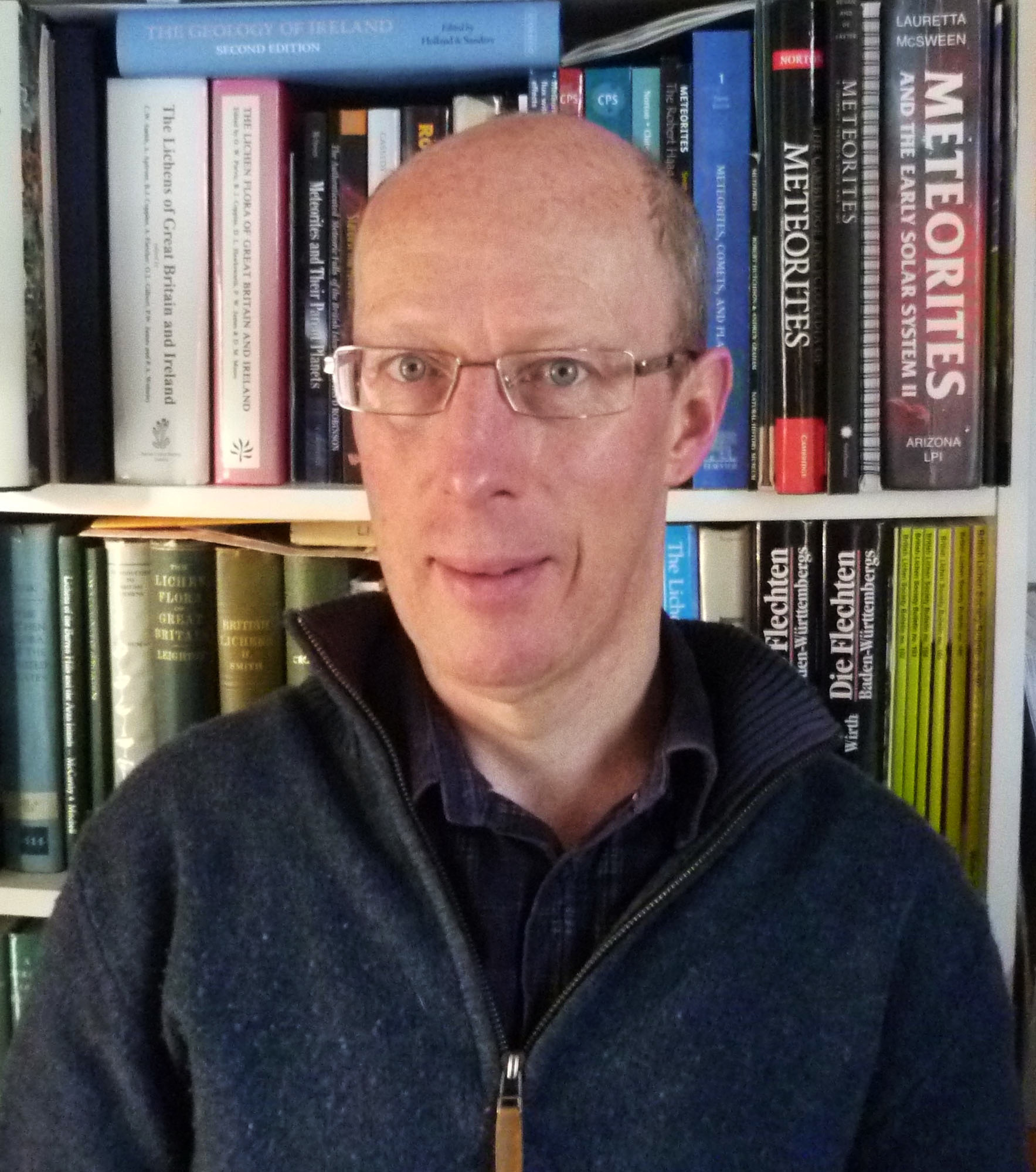https://www.qub.ac.uk/schools/ael/Research/ConferencesandSymposia/INSAP2025
The IAA is one of the sponsors of the event, and we are mounting an exhibition of members’ photos in the Council Chamber / Canada Room in the main Lanyon building for the duration of the conference, We are also mounting an exhibition of more photos, and IAA and astronomical items, and meteorites (thanks, Mike Simms) n the main library (the McClay Library) from now until the end of the month. Very big thanks to Bernie Brown for putting together and curating both the photo exhibitions.
IAA members are also involved – speakers include Prof Mark Bailey, Robert Hill, and Terry Moseley
Other big names include Pro Tom Ray from DIAS, Prof Clive Ruggles from U of Leicester, Dr Ed Krupp from the Griffith Observatory and Planetarium in Los Angeles, and Prof Jocelyn Bell Burnell.
This major international conference celebrates the “Inspiration of Astronomical Phenomena” in the arts .
IMPORTANT: IAA Members can attend any or all of the main sessions totally free, as we are one of the sponsors of the event. But you MUST give me your name and address, no later that 5 June, so that I can forward it to the organisers, who will then have a list with your name on it. Please bring some form of ID, just in case! That includes the welcome reception at the City Hall on 8 June, but NOT the dinner nor the optional trips!
See: INSAP 2025 | School of Arts, English and Languages | Queen’s University Belfast
“The 13th International Conference on the Inspiration of Astronomical Phenomena (INSAP) offers a dynamic forum for scholars, artists and enthusiasts from a variety of disciplines to explore the profound impact of astronomical phenomena on human thought, culture and artistic expression throughout history. From ancient mythology to modern art, and from literary works to cutting-edge scientific research, the conference fosters interdisciplinary dialogue that bridges the gap between science and the humanities. This year’s theme, Celestial Connections Across Time and Space, explores the diverse ways in which celestial events have driven scientific innovation, sparked ethical, religious and philosophical questions and inspired artistic and literary creativity throughout history.
Northern Ireland, with its stunning landscapes and legendary skies, has long inspired awe and wonder. From the ancient megalithic monuments like the Giant’s Ring and Beaghmore Stone Circles, which align with celestial events, to the region’s clear, starry nights that offer breathtaking views of the Milky Way, it is a location where the heavens and Earth converge in a profound dialogue.
Taking place at Queen’s University Belfast 8-13 June in the iconic Canada Room and Council Chamber within the Lanyon Building and on 13 June at the historic Armagh Observatory, the conference covers an extensive range of topics—from ancient astronomy and indigenous sky lore to the latest advances in astrophysics and space exploration.
Highlights of the conference include keynote lectures by leading experts Dame Susan Jocelyn Bell Burnell (Department of Physics, Oxford University) and Professor Tom Ray (Dublin Institute for Advanced Studies), expert-led sessions on neolithic sites like Newgrange, Dowth, Knowth and Stonehenge, interactive workshops, art and astro-photography exhibitions and panel discussions that will inspire new perspectives and collaborations.
The Welcome Reception will be held on Sunday 8 June in the Rotunda of Belfast City Hall. Delegates will explore the rich history of Belfast and enjoy a private, guided tour of the iconic City Hall. The tour will provide access to areas typically closed to the public, including The Council Chamber and the Robing Room, where the civic chains and official jewels are displayed.
The Conference Dinner is scheduled for June 12 at Belfast Castle, nestled on the picturesque slopes of Cave Hill Country Park.
Attendees will have the opportunity to visit Armagh Observatory and Planetarium, one of the oldest observatories in the UK and Ireland, centre for astronomical research since its establishment in 1790. Today, it remains a vital institution for studies in solar physics, stellar activity and climate science. As well as Armagh Observatory, the Planetarium plays a crucial role in public outreach and education, inspiring the next generation of astronomers through interactive exhibits and educational programs.
Other events include cultural and musical performances, a guided bus tour of Belfast, stargazing sessions and the optional guided tour of Ireland’s key astronomical landmarks of Newgrange, Dowth and Knowth on Saturday 14 June.
The conference is supported by the School of Arts, English and Languages (Queen’s University Belfast), the ‘Crossing Frontiers: Medieval Visions of Modern Science‘ International Research Network, the Armagh Observatory and Planetarium, NI SPACE, Belfast City Council, Visit Belfast, and the Irish Astronomical Association.”







